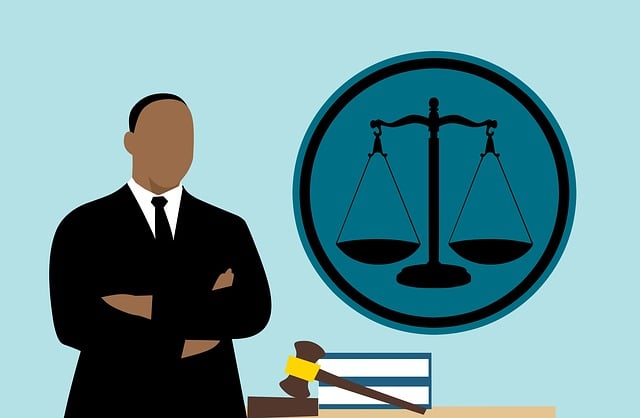Pain and suffering compensation is a crucial element of insurance claims, addressing both physical and emotional distress caused by accidents or injuries. In wrongful death cases, adjusters consider injury severity, medical duration, care needs, and psychological impacts to determine fair settlements, aiming to support clients' recovery and help them overcome current and future challenges. For property damage claims, adjusters assess home management impacts and repair costs, taking into account individual pain thresholds and medical history. Navigating these claims requires strategic steps like gathering thorough documentation (medical records, police reports), presenting compelling narratives, and organizing information logically to convey suffering and compensation needs effectively.
In the complex landscape of insurance claims, understanding what adjusters consider when assessing pain and suffering compensation is paramount. This article delves into the key factors that influence these decisions, providing valuable insights for claimants navigating the process. We explore how insurance adjusters evaluate subjective experiences, focusing on both physical and emotional distress. Additionally, we offer strategic advice on presenting a compelling case for pain and suffering compensation, ensuring you receive fair and just reparation for your hardships.
- Understanding Pain and Suffering: A Key Component in Insurance Claims
- Factors Influencing Compensation Decisions by Adjusters
- Navigating the Process: How to Present a Strong Case for Compensation
Understanding Pain and Suffering: A Key Component in Insurance Claims

Pain and suffering is a significant aspect of insurance claims that often receives substantial attention from both claimants and adjusters. When an individual experiences physical or emotional distress due to an accident or injury, it’s not just about the tangible damages. The impact on their quality of life, ability to work, and overall well-being are all part of what makes up pain and suffering compensation.
An accident attorney representing a client in wrongful death claims understands that quantifying this element can be complex. Adjusters consider factors such as the severity of the injury, duration of medical treatment, ongoing care needs, and psychological impact to determine an appropriate settlement. The goal is to ensure client recovery by providing adequate support for both current and future challenges resulting from the incident.
Factors Influencing Compensation Decisions by Adjusters

When insurance adjusters decide on pain and suffering compensation, several factors come into play. These go beyond the immediate financial cost of an incident; they encompass the impact on the affected individual’s quality of life, both physically and emotionally. Adjusters consider the severity of injuries, extent of disability, duration of treatment, and the patient’s overall recovery process. In cases involving real estate disputes or property damage claims, the adjuster also assesses how the event has affected the victim’s ability to manage their home or property, considering potential repairs or rebuilding costs.
Additionally, adjusters evaluate the client’s pain threshold, medical history, and any pre-existing conditions that might influence their experience of pain. They may consult with medical professionals to gain a comprehensive understanding of the patient’s injuries and their long-term effects. This detailed approach ensures fair accident compensation that adequately addresses the physical and psychological dimensions of pain and suffering.
Navigating the Process: How to Present a Strong Case for Compensation

Navigating the process of claiming pain and suffering compensation can be challenging, but with the right approach, it’s possible to present a strong case. The first step is gathering comprehensive documentation that supports your claim. This includes medical records detailing your injuries and their impact on your daily life, as well as any evidence related to how the incident occurred, such as police reports or witness statements in cases like slip and fall injuries. In instances of medical negligence, it’s crucial to involve healthcare professionals who can attest to the standard of care that was not met.
Presenting a compelling narrative is also key. Share your personal account of the event and its aftermath, detailing the physical and emotional pain you’ve endured. Explain how these injuries have affected your ability to work, participate in everyday activities, or enjoy life—this can be particularly impactful when discussing slip and fall injuries or other traumatic events. Organize your information logically, ensuring each piece contributes to a clear picture of your suffering and the subsequent need for compensation.
When pursuing pain and suffering compensation, understanding what insurance adjusters consider crucial is essential. By navigating the process with knowledge of key influencing factors and effective presentation techniques, individuals can strengthen their cases. Remember that a compelling argument for compensation not only involves documenting medical facts but also articulating the emotional and psychological impacts of their experiences. With the right approach, individuals can secure fair reimbursement for their suffering.






